- The Santa Fe is fully redesigned for 2024.
- Its rugged styling evokes the Land Rover Defender.
- You can expect additional interior room and new technology.
2024 Hyundai Santa Fe First Look: Form and Function United
An injection of style and substance rejuvenates Hyundai's other midsize SUV
The Hyundai Santa Fe three-row SUV used to be one of the more conservatively styled models in the brand's wide-ranging fleet of crossovers, content to slide under the radar. But the new 2024 Santa Fe will enjoy no such anonymity, with its redesign transforming the exterior with a boxy, extremely angular shape that makes it stand out. We think the aggressive new look bears a striking resemblance to the current Land Rover Defender.
That's no accident. Hyundai has said the car's design has been shaped around "the latest outdoor lifestyle trends." The Santa Fe, then, is being positioned as a more rugged alternative that blurs the line between a city-dwelling SUV and one that can handle roads less traveled. This is especially true of the new XRT model, which is an off-road-inspired offshoot of the ultra-luxe Calligraphy trim. The XRT takes the Santa Fe's adventuring cred to the next level with 30-inch all-terrain tires and an additional 1.5 inches of ground clearance over the street-oriented variants. There's no doubt the new Santa Fe will be one of the most interesting-looking vehicles in its class, and though its showstopping exterior might be what draws people in at first, it's the improved interior packaging and new technology that will seal the deal.
What's under the Santa Fe's hood?
Things are a little more familiar underhood. The Santa Fe's powertrain options have been condensed from four to two, though there is a PHEV-sized "for now" caveat (look for a plug-in hybrid to potentially reappear in the next couple of years). The old naturally aspirated four-cylinder has been gently sent to the retirement home, with the previously optional turbocharged 2.5-liter unit returning to provide power for most models. It makes 277 hp (slightly down from last year's 281 hp) and 311 lb-ft of torque, and sends power through an eight-speed dual-clutch automatic transmission.
There's also a turbocharged 1.6-liter engine paired with a hybrid system, which also makes a comeback from the last-gen Santa Fe. Combined output from that powertrain is 232 hp and 271 lb-ft of torque, running through a six-speed automatic transmission. Expect front- and all-wheel-drive versions of the Santa Fe to be offered once more.
Though the ground clearance of the new Santa Fe hasn't changed much from the last generation's 8.2 inches, Hyundai says that the vehicle will feature suspension changes including updated dampers, hydro bushings, and a more rigid chassis for greater stability. There's also an improved air filtration system to keep dust out of the cabin.
How's the Santa Fe's interior?
The newly styled exterior is grabbing the headlines, but we're even more excited about the changes to the interior. Though the Santa Fe is a bit longer, it's still half a foot shorter than the Palisade, Hyundai's other three-row midsize. But clever packaging and this new boxy shape mean that if you measure from the dashboard to the tailgate, the Santa Fe is just as long and it now has improved interior space. In a welcome change from the last generation, its third row can finally fit adults. Hyundai has significantly boosted the Santa Fe's third-row headroom, which makes its back seat feel less claustrophobic than the third rows of rivals.
The second row can be had with captain's chairs or a bench, for six- or seven-passenger seating, respectively. Those captain's chairs offer power recline as an option. We also see the introduction of the Relaxation Seat that debuted in the Ioniq 5. This feature allows the seat to lean back into a nearly flat position with a leg rest that pops out as well, like a lie-flat seat on an airplane, making it an ideal spot for quick naps on the go. And second-row passengers will also have access to the center console between the front seats, thanks to a secondary opening at the rear of the console. Sounds like a great place to store (and share) some snacks.
The Santa Fe's rear cargo opening is massive. The taillights have been mounted low to allow the struts to move outward, so when the hatch lifts, it seems as though the entire rear of the car is opening up. The opening measures 50.2 inches across, an increase of 5.7 inches over the last-generation Santa Fe. This, combined with the flat-folding second row, creates easy loading into a large, flat cargo area that's perfect for bulky items or an inflatable bed. We still don't have all of the official cargo measurements from Hyundai, but cargo room behind the second row is estimated at 40.5 cubic feet, an increase of 4.1 cubes.
How's the Santa Fe's tech?
The Santa Fe's in-cabin technology also takes a big leap forward in this redesign. There are dual 12.3-inch screens up front like you'll find in other Hyundais, but the multimedia system adds two crucial features: wireless Android Auto and Apple CarPlay. These have been offered on lower-end Hyundai screens for years, but the upgraded larger screens curiously required a cord. No more. Keeping with the wireless smartphone theme are two wireless charging pads that can both charge at 15 kW and come with a fan underneath to keep the phones cool.
Improving rearward visibility is a digital rearview mirror so even if the cargo area is full of suitcases, you'll be able to see behind you. There's also a secondary glovebox that comes with a UV sanitizer that works for phones, masks, or anything else that needs disinfecting.
What's the XRT Concept?
It's Hyundai's answer to the questions about the Santa Fe's off-road capability not matching this new exterior styling. Outfitted with all-terrain tires, a suspension lift, and covered in overlanding features like a rear ladder, beefed-up roof rack, and camera mounts on the front fenders, the XRT Concept shows that Hyundai is at least considering creating beefier versions of the Santa Fe that will be better equipped to tackle tougher off-road challenges.
Edmunds says
The Santa Fe takes a back seat to the Palisade no more. With improved technology and interior space, along with that head-turning design, it appears that Hyundai will have a formidable duo in this midsize SUV segment for years to come.


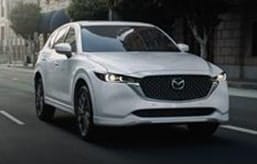
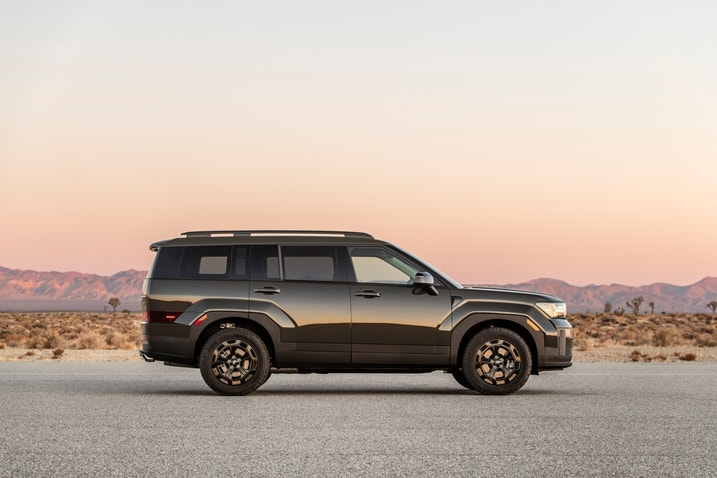
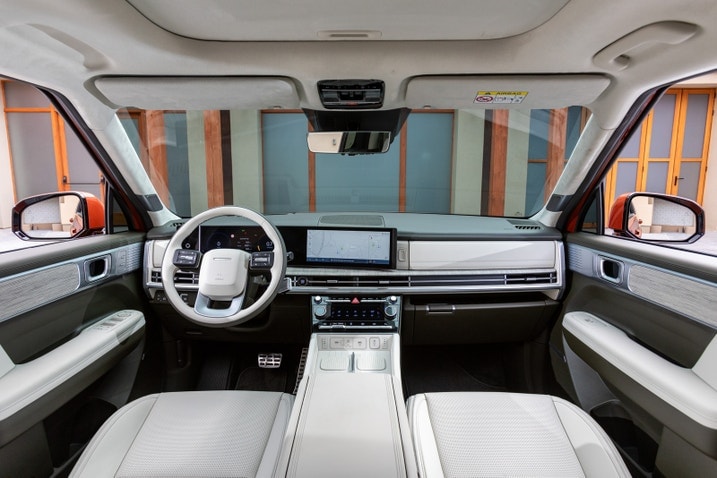
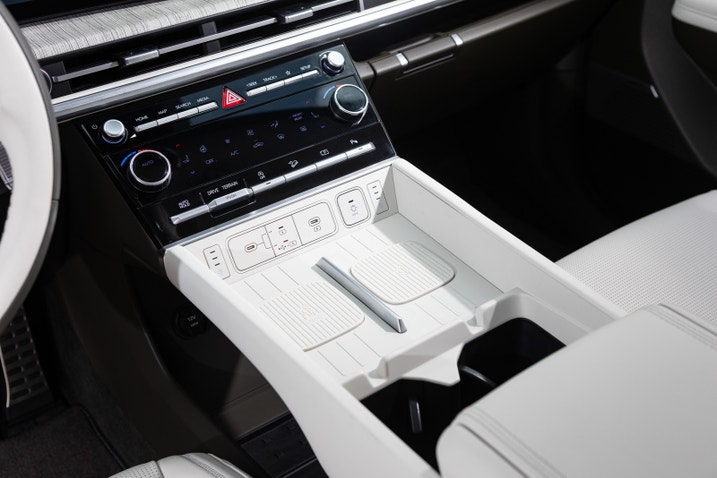
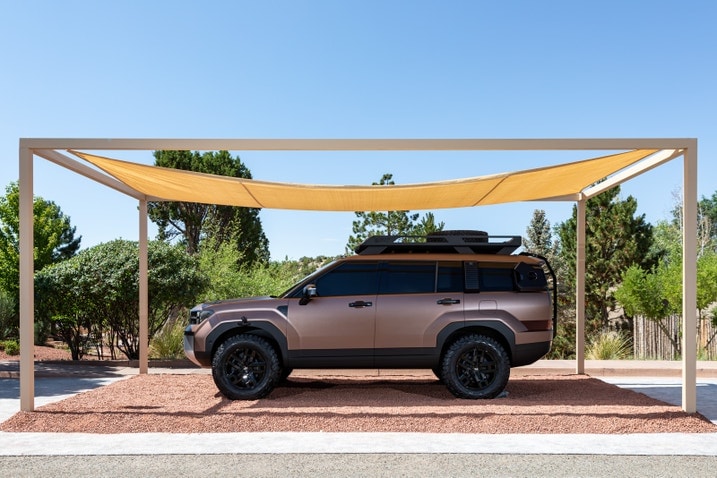

 by
by